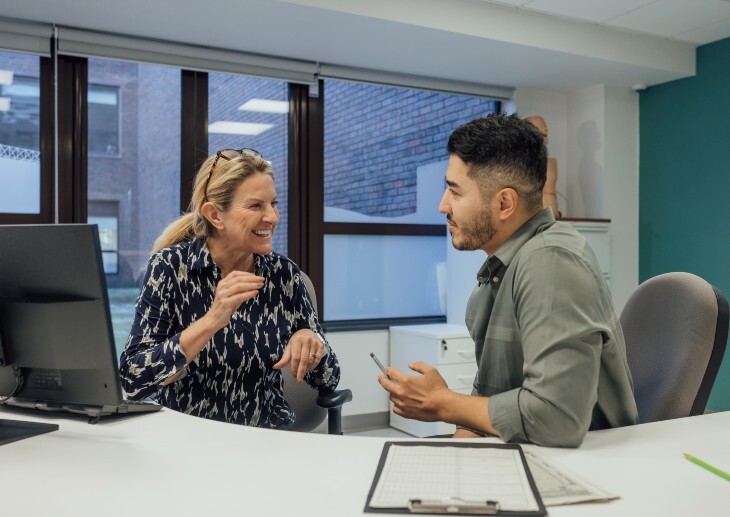A dancing elf, a talk delivered in Somali or sharing health information in sign language – when it comes to changing people's behaviour, personalising the message to ensure it resonates with different target audiences will be key to making this year’s winter campaign a success.
A dancing elf, a talk delivered in Somali or sharing health information in sign language – when it comes to changing people's behaviour, personalising the message to ensure it resonates with different target audiences will be key to making this year’s winter campaign a success.
Health messages come at us thick and fast. Whether it's eating more fruit and veg or eating less sugar, successful social marketing must cut through the ‘background noise’ to make an individual change their behaviour.Awareness-raising alone is not enough.
The Stay Well this Winter campaign from NHS England carries a number of messages designed to reduce pressure on A&E be encouraging people to self-care or use alternative sources of health advice such as pharmacies or 111.
Through a communications campaign last winter, these messages were shared across NHS Arden and GEM CSU clients with dozens of press releases from a number of clinical commissioning groups (CCGs) reaching tens of thousands of people, whether in print, on the radio or on television.
On social media our CCG clients sent 3,800 tweets with Stay Well this Winter messages, engaging more than 27,000 people, potentially reaching more than 14 million people and 16,900 clicking on links in tweets to find out more. Impressive statistics, helped by the creation of engaging interactive content such as a fun 'elf' character sharing a daily ‘stay ‘elfy this winter’ advent message in the run up to Christmas. These elfy videos were watched almost 5,000 times before Christmas. Other You Tube videos included use of A&E, with an animation showing various real life fail tales of people who had gone to A&E with some rather curious ailments, including badly applied fake tan.
All of this is great for awareness and for getting people engaged. But for those final nudges in changing behaviour, we have found that running face to face events to share specific information is invaluable. Last year, we spoke to more than 2,000 people including over 60s, target ethnic communities, parents of children aged 0-5, carers and people with long term conditions. These sessions were delivered in different languages, such as Somali and Gujarati, and one was delivered in sign language.
Events enable you to delve into greater detail. For example, we challenged people about their use of health care, testing their knowledge of urgent care, A&E and 111. With the right information made available, participants began to conclude that calling 111 is a better first action for non-emergencies than just going to A&E, and for minor ailments, visiting their pharmacy rather than their GP. That’s when we start to see people making decisions to change their behaviour.
Following a thorough evaluation of the campaign last year, we have built in further online and offline engagement activities for this year’s Stay Well campaign, including outreach events targeting pregnant women and over 65s to encourage take-up of the flu jab. We’re also recruiting real families to take part in campaign videos and encouraging long term engagement with the campaign through the launch of healthy winter recipes to help people maintain good health throughout the colder months.
Behaviour change won’t happen overnight. However, a thoroughly planned social marketing campaign, which combines broad awareness-raising with tailored activities based on the individual needs of target audiences, gives clinical commissioning groups the best chance to deliver change.






